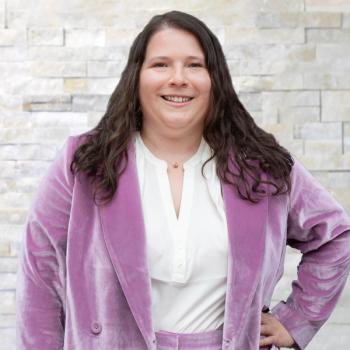
Microwave-Enhanced Laser-Induced Breakdown Spectroscopy Shows Promise in Nuclear Debris Analysis
This study demonstrates the potential of microwave-enhanced LIBS for zirconium ion emission analysis in nuclear debris decommissioning.
In the field of nuclear debris decommissioning, analyzing nuclear fuel debris is critical for safe and effective removal of the debris from the unit core. Laser-induced breakdown spectroscopy (LIBS) is a remote analysis method that allows for in situ measurement of nuclear fuel debris. The detailed analysis of zirconium ion emission is especially important as its emission lines are in close proximity to uranium isotopes.
Nuclear debris decommissioning refers to the process of dismantling, removing, and disposing of radioactive materials and contaminated equipment from decommissioned nuclear facilities. The goal is to ensure that the facilities are safely and completely decommissioned, while minimizing risks to the environment and public health. This process involves identifying and characterizing the types and amounts of radioactive materials present, as well as developing strategies for their safe handling, transport, and disposal. It is a complex and highly regulated process that requires specialized knowledge and expertise in the fields of nuclear engineering and environmental safety.
A recent study published in Spectrochimica Acta Part B: Atomic Spectroscopy explores the use of microwave-enhanced LIBS with microlasers and standard yttrium aluminum garnet (YAG) lasers at different laser wavelengths (1064 nm and 532 nm) to analyze zirconium ion emissions (1).
The study found that when microwaves were used to expand the microlaser-produced plume, the plasma emission and signal-to-noise ratio (SNR) were sustained for over 1.0 ms, allowing for analysis of ion emission. The ionization effects of microwaves on the LIBS analysis were revealed in the high-resolution spectrum measurements with resolving powers of 50,000–150,000.
The researchers found that the ion emission was sustained by microwaves at the same rate as atomic emission. The enhancement coefficient, S/N ratio, and intensity ratio Zr II/Zr I confirmed enhanced ionization using microwaves. The study suggests that microwaves may increase ion emissions at shorter laser wavelengths.
Overall, this study demonstrates the potential of microwave-enhanced LIBS for zirconium ion emission analysis in nuclear debris decommissioning. The use of microwaves to enhance the plasma emission and SNR allows for more accurate and efficient analysis of nuclear fuel debris, contributing to safer and more effective debris removal.
Reference
(1) Ikeda, Y.; Soriano, J. K.; Akaoka, K.; Wakaida, I. Plasma ion emission enhancements of Zr using microwave-enhanced laser-induced breakdown spectroscopy. Spectrochim. Acta Part B At Spectrosc. 2023, 203, 106651. DOI:
Newsletter
Get essential updates on the latest spectroscopy technologies, regulatory standards, and best practices—subscribe today to Spectroscopy.



